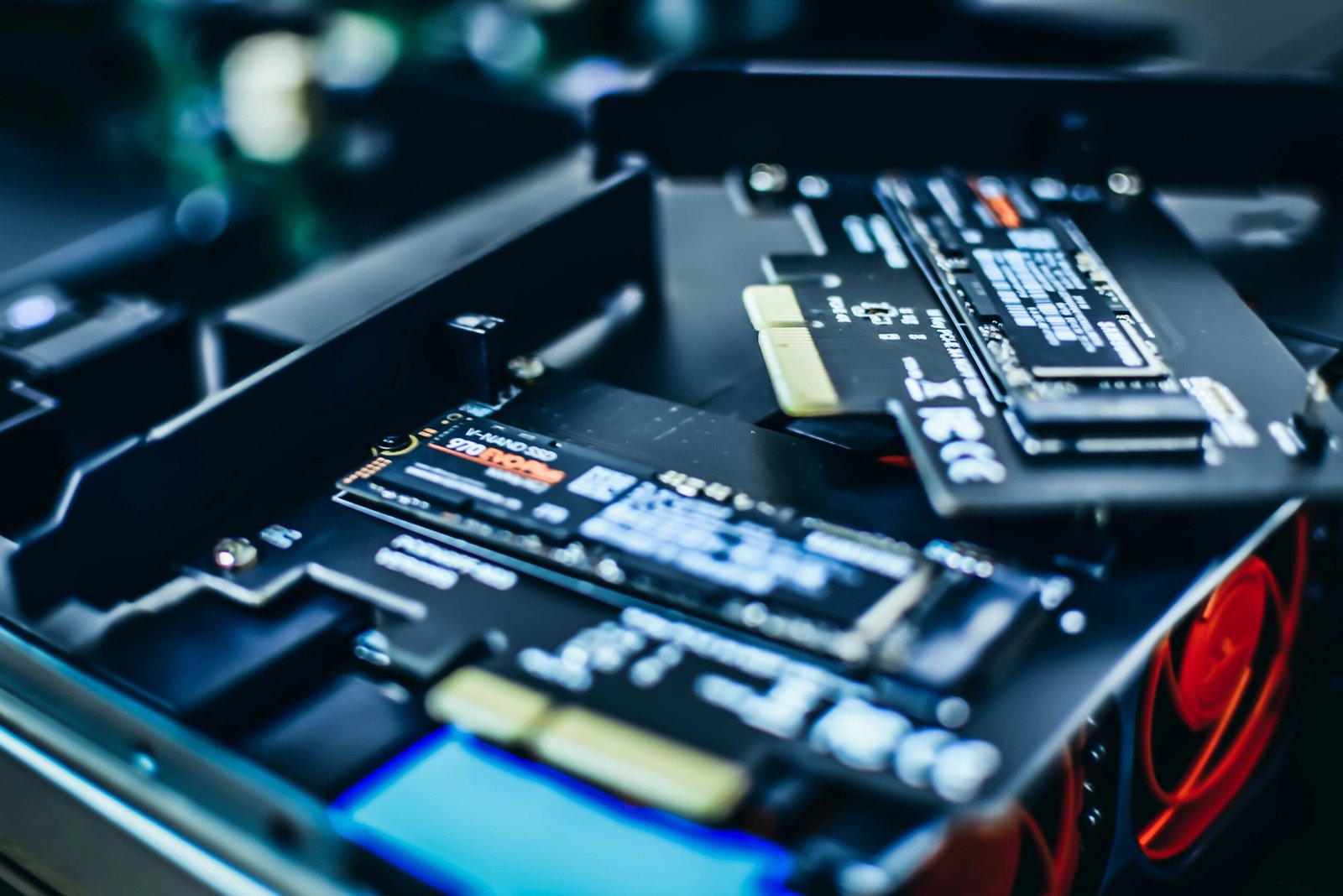Introduction
Welcome to our list of the top 10 best SSD hard drives! If you’re in the market for a new solid-state drive (SSD) to boost your computer’s performance, you’ve come to the right place. In this article, we’ll be highlighting some of the most reliable and high-performing SSDs available on the market today.
1. Samsung 970 Evo Plus
The Samsung 970 Evo Plus is a top-of-the-line SSD that offers lightning-fast speeds and impressive storage capacity. With read and write speeds of up to 3,500 MB/s and 3,300 MB/s respectively, this SSD is perfect for gamers and professionals who require high-performance storage.
2. Western Digital Black SN750
The Western Digital Black SN750 is another excellent choice for those seeking a high-performance SSD. With read and write speeds of up to 3,470 MB/s and 3,000 MB/s respectively, this SSD delivers exceptional performance for gaming and intensive workloads.
3. Crucial MX500
The Crucial MX500 is a reliable and affordable SSD that offers great value for money. With read and write speeds of up to 560 MB/s and 510 MB/s respectively, this SSD provides a significant improvement over traditional hard drives at an affordable price point.
4. Kingston A2000
The Kingston A2000 is a budget-friendly SSD that doesn’t compromise on performance. With read and write speeds of up to 2,200 MB/s and 2,000 MB/s respectively, this SSD offers great value for money and is perfect for everyday computing tasks.
5. SanDisk Extreme Pro
The SanDisk Extreme Pro is a high-end SSD that delivers exceptional performance and durability. With read and write speeds of up to 3,400 MB/s and 2,800 MB/s respectively, this SSD is ideal for professionals who require fast and reliable storage.
6. Intel Optane 905P
The Intel Optane 905P is a premium SSD that offers lightning-fast speeds and impressive endurance. With read and write speeds of up to 2,600 MB/s and 2,200 MB/s respectively, this SSD is perfect for power users and professionals who demand the best performance.
7. Seagate FireCuda 520
The Seagate FireCuda 520 is a high-performance SSD that offers excellent speed and reliability. With read and write speeds of up to 5,000 MB/s and 4,400 MB/s respectively, this SSD is perfect for gamers and content creators who require fast and responsive storage.
8. Toshiba XG5
The Toshiba XG5 is a reliable and affordable SSD that offers good performance for everyday computing tasks. With read and write speeds of up to 3,000 MB/s and 2,100 MB/s respectively, this SSD provides a noticeable improvement over traditional hard drives.
9. Adata XPG SX8200 Pro
The Adata XPG SX8200 Pro is a high-performance SSD that offers great value for money. With read and write speeds of up to 3,500 MB/s and 3,000 MB/s respectively, this SSD is perfect for gamers and professionals who require fast and reliable storage.
10. HP EX950
The HP EX950 is a budget-friendly SSD that delivers impressive performance. With read and write speeds of up to 3,500 MB/s and 2,900 MB/s respectively, this SSD offers great value for money and is perfect for everyday computing tasks.
Conclusion
Whether you’re a gamer, professional, or casual computer user, upgrading to an SSD can greatly improve your computer’s performance. The top 10 SSDs listed above offer a range of options to suit different needs and budgets. Consider your specific requirements and choose the SSD that best meets your needs. Happy computing!




